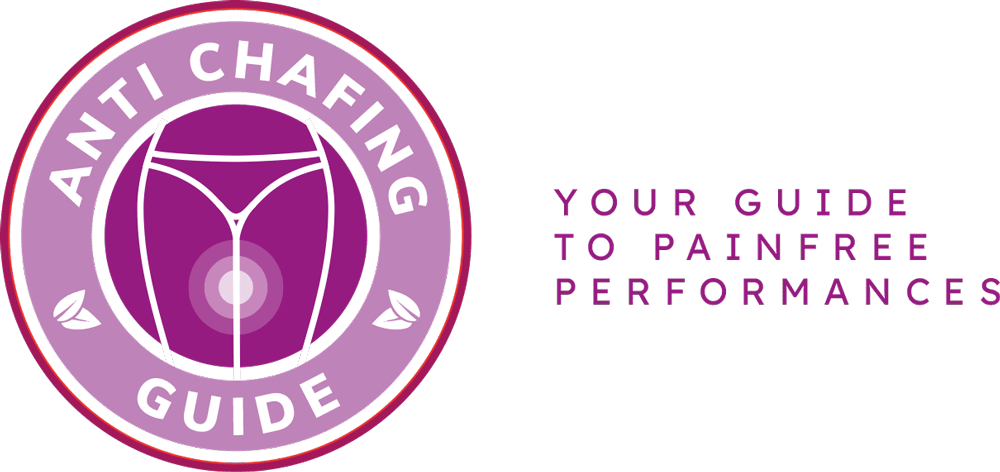Are you tired of dealing with the discomfort and irritation of chafing rash in your crack? Look no further! In this ultimate guide, we will equip you with the knowledge and strategies to effectively prevent and treat chafing rash in the buttocks area.
Chafing rash, also known as intertrigo, occurs when the skin in your crack area becomes irritated and inflamed due to friction and moisture. It can be incredibly uncomfortable and even painful, making it essential to address this issue promptly.
With our comprehensive guide, you will gain a deep understanding of chafing rash, including its causes and symptoms. Armed with this knowledge, you will be able to take proactive measures to prevent chafing rash from occurring in the first place.
From practicing proper hygiene to choosing the right clothing materials, we will provide you with practical tips and strategies to keep your buttocks comfortable and rash-free. Say goodbye to the agony of chafing rash and hello to brilliance!
Understanding Chafing Rash
Chafing rash, also known as intertrigo, is a common skin condition that occurs in the crack area of the buttocks. It is characterized by redness, irritation, and a burning sensation, making it uncomfortable and painful. Chafing rash is caused by friction and moisture in the skin folds, which creates a perfect breeding ground for bacteria and fungi.
There are several factors that can contribute to the development of chafing rash. These include obesity, excessive sweating, tight clothing, poor hygiene, and certain medical conditions such as diabetes. The symptoms of chafing rash may vary from mild to severe and can include itching, burning, soreness, and even open sores.
Addressing chafing rash is important to prevent further discomfort and complications. By keeping the affected area clean and dry, using barrier creams or powders, wearing loose-fitting clothing, and practicing good hygiene, you can effectively manage and prevent chafing rash. It is also essential to seek medical advice if the condition does not improve or if it becomes severe.
Preventing Chafing Rash
When it comes to preventing chafing rash in your crack, there are a few practical tips and strategies that can make a world of difference. First and foremost, maintaining proper hygiene practices is essential. Make sure to keep the area clean and dry, especially after physical activities or sweating. This will help reduce friction and irritation.
Choosing the right clothing is also crucial in preventing chafing rash. Opt for loose-fitting, breathable fabrics that allow air circulation and minimize friction. Avoid tight clothes or synthetic materials that can trap moisture and heat, leading to increased chafing.
Additionally, consider using talcum powder or anti-chafing creams to create a protective barrier between your skin and clothing. These products can help reduce friction and keep your buttocks comfortable and rash-free.
Remember, prevention is key when it comes to chafing rash. By following these practical tips and strategies, you can keep your crack area irritation-free and enjoy a pain-free day.
Frequently Asked Questions
- What is chafing rash?
Chafing rash, also known as intertrigo, is a skin irritation and inflammation that occurs in the buttocks area. It is caused by friction between the skin folds, moisture buildup, and the lack of proper airflow. This can lead to redness, itching, soreness, and even painful blisters.
- What are the common causes of chafing rash?
Chafing rash can be caused by various factors such as excessive sweating, wearing tight or non-breathable clothing, obesity, poor hygiene, and prolonged sitting or physical activity. It is more common in hot and humid environments.
- How can I prevent chafing rash?
To prevent chafing rash, it is important to keep the buttocks area clean and dry. Use gentle cleansers, pat the area dry, and apply a talcum powder or cornstarch to reduce moisture. Wear loose-fitting, breathable clothing made of natural fabrics. Avoid prolonged sitting or activities that cause friction. Regularly moisturize the skin to keep it hydrated and supple.
- What are some effective treatments for chafing rash?
If chafing rash occurs, it is important to keep the affected area clean and dry. Apply a soothing ointment or cream containing zinc oxide or hydrocortisone to reduce inflammation and promote healing. Avoid scratching or further irritating the rash. If the rash persists or worsens, consult a healthcare professional for appropriate medical treatment.
- Are there any home remedies for chafing rash?
There are several home remedies that can help alleviate chafing rash symptoms. Applying aloe vera gel, coconut oil, or petroleum jelly to the affected area can provide relief and promote healing. Taking warm baths with Epsom salt or oatmeal can also soothe the skin. However, if the rash persists or becomes severe, it is advisable to seek medical advice.


Keith is originally from Truckton, Colorado. The 54-year-old cared for his overweight wife for many years. Keitch is also a freelance editor at antichafing.net and supports the team as a competent advisor. In his spare time Keith enjoys reading books, visiting his homeland and is a passionate product tester for well-known manufacturers.

